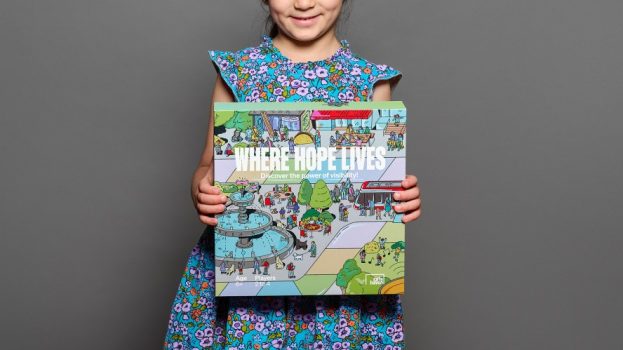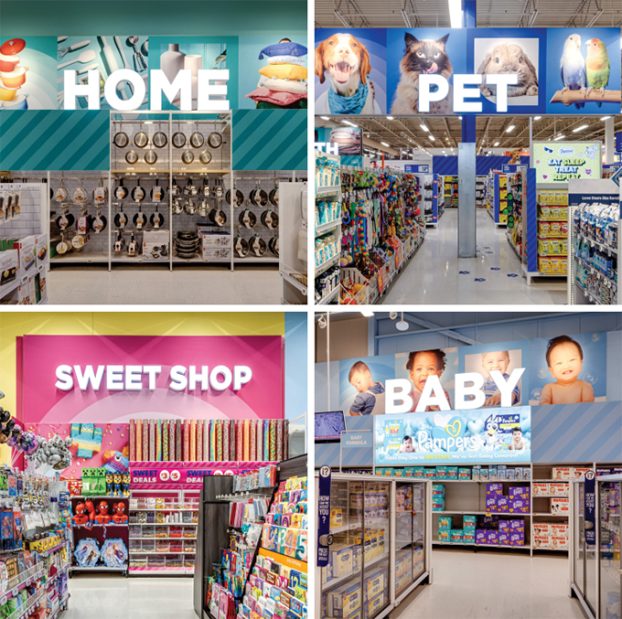By Ian Barr
At Camp Jefferson, we recently launched a conversation about suicide with the Centre for Addiction and Mental Health (CAMH). According to the statistics, the chances are good that you’ve been directly or indirectly affected by suicide. Globally, someone dies by suicide every 40 seconds. Right here in Canada, suicide takes the lives of 11 people daily and leaves behind countless broken hearts and lives in its wake.
From a communications perspective, the word “suicide” has stopping power, but with it comes intense fear, stigma, myths and taboos that lead to prejudice and discrimination, culminating in silence. There are misunderstandings about why it occurs, how to talk about it and how to affect change. Many fear that even talking about suicide will trigger someone. But the truth is, having hopeful, respectful conversations about suicide saves lives.
However, suicide is a difficult topic to build a marketing campaign around. The language, imagery and media we rely on as marketers to motivate the masses are also seen by people who’ve been disproportionately affected by suicide, either through lived experience or by losing a loved one – there’s no tailored way to exclude “people who’ve been affected by suicide” from your media buy. We also have to communicate our mission and message quickly and concisely, without boiling it down to stereotypes.
Language and visuals are powerful devices for creative teams to use. But using them incorrectly can fuel stigma and prejudice and worse, potentially put someone in crisis in harm’s way. Same goes with media placements and mitigating risk for people who may be suicidal.
Every issue is different, and comes with its own considerations. But even with the most sensitive of subjects, there are questions you can ask as a strategist to ensure the subject matter is represented respectfully and carefully for affected audiences, while still creating arresting but brazenly optimistic communications that ignite the public’s interest.
Can we create work that both helps people living with the issue while also helping Canadians understand the issue and donate towards ending it?
Our tagline, “Not suicide. Not today,” is a pledge that all of us can make to do everything we can to make today not the day we lose someone to suicide. We can help people by giving them the one thing suicide takes away: time. Time allows people living with mental illness to get the help they need to heal. Time allows CAMH staff to develop and offer treatments to those facing suicide and it gives researchers the ability to make new suicide prevention discoveries.
We were advised that the tagline also follows clinical best practices – something positive that people who are struggling can say to give them strength to keep going.
We spent over a year working with CAMH to find the safest and most respectful way to spark this conversation, while respecting that not every Canadian intersects with suicide in the same way. Don’t be afraid to lean not only on the expertise of your client, but also other experts in the field and those with lived experience. Together, they have the perspective that can provide that universal insight that lives at the intersection you are looking for.
Is there a risk of losing more lives if we do this campaign? How many lives will be lost if we don’t do it?
At every stage of this campaign, there were many of these conversations that we vetted with the help of experienced clinicians, people with lived experience and representatives of disproportionately affected groups to weigh the potential risks against the benefits. The consensus was clear that we can’t afford not to have this conversation. Doing so in a respectful, hopeful way saves lives.
Not only will they give you insight to the issue itself, those experts and people who have lived through the issue can give you the confidence that you are on the right path and doing the right thing.
How do we represent the depth of the issue’s impact without reinforcing stereotypes?
There are groups that are disproportionately affected by trauma and suicide that are important to include from a storytelling perspective. But inclusion without consultation creates the added risk of fuelling negative stereotypes about those communities that are perpetuated in the media.
So we chose to emphasize their strength. Equally important was the inclusion of people living with mental illness who’ve dealt with suicide to show others that there is hope. Any “my or I” piece of creative you see features brave Canadians who’ve come forward to help other people like them and to help Canadians understand the connection between suicide and mental illness.
We know this is a complex topic that people have been afraid to discuss, but the world is ready to talk about suicide. The time to act is now. And hopefully keeping these questions in mind will help you be just as bold and thoughtful with whatever important issue you take on next.
If you are experiencing thoughts of suicide, you are deserving of help and can call 1-833-456-4566. If you feel safe in the moment, follow up with your family physician or care team. If you require immediate, in-person emergency care, call 911, or go to your nearest emergency department.
Ian Barr is VP, director of strategy for Camp Jefferson.
























